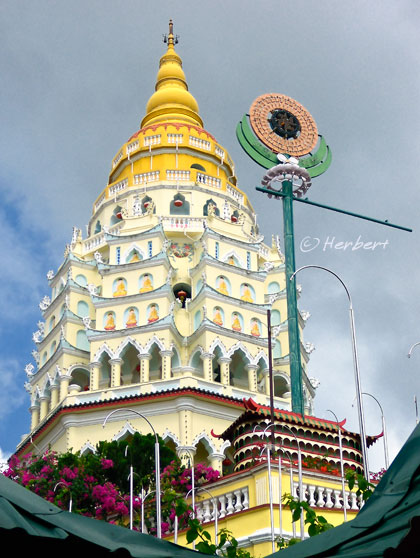
Location: Xiapu, Fujian, China (23° 46' 20" N, 117° 2' 47" E)
Date: 14 December 2008; 1.50pm
Camera: Canon 400D with Canon 70-200 f/4 L IS Lens
These days there are not too many exquisite places in China which are not swamped by tourists. More often than not, fabulous destinations are crowded with China tourists rather than foreigners. The main reason is of course, Chinese are getting wealthier and is more prepared to spend money traveling around their own country. On top of that, it is difficult for them to travel outside of China, without being part of a tour group or on official business. Another reason for such a phenomenon is the speed of news spreading via internet- and China has the world’s biggest internet population; hence news and reviews of any exciting new destinations will be known by many very quickly. An example is a small coastal town, Xiapu, in northern Fujian. Apart from some photography enthusiastic from Hong Kong and Taiwan, really only Chinese know of this sleepy town. The town’s main attraction to tourists is the scenery around the few coastal villages within a 20km radius. Such villages engaged in various aquaculture activities such as seaweed and oyster cultivation, fishing and so on. They are pretty and charming especially during the various harvest seasons with all sorts of activities on the coastlines. During the high season, droves of Chinese photography enthusiasts flock to this town, using it as a base- and there are only Chinese. Very, very few foreigners would even have heard of this place- so much so that there are only 1 or 2 hotels in town that are officially registered/allowed to offer accommodation to foreigners.


















